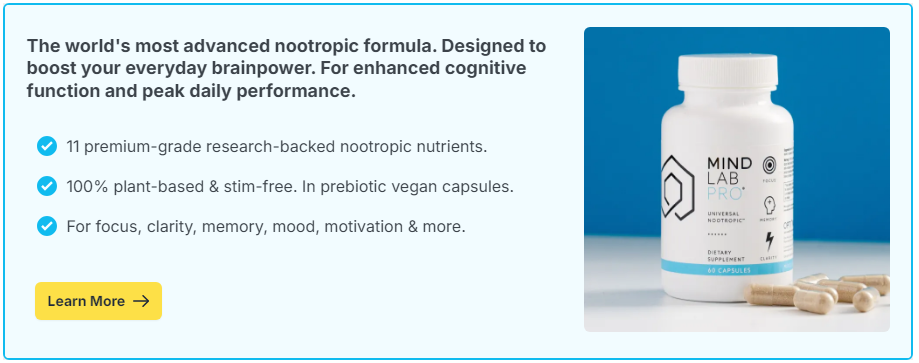
Learning can often feel like an uphill battle, whether you’re tackling high school subjects or preparing for college entrance exams. Everyone wants to learn efficiently and retain information longer, and one powerful strategy to achieve this is the Feynman Technique. Named after the Nobel Prize-winning physicist Richard Feynman, this approach encourages students to simplify and refine their understanding by teaching others.
Contents
Who Was Richard Feynman?
Before we delve into the technique itself, it’s helpful to understand the man behind it. Richard Feynman was not only a brilliant physicist but also a passionate educator known for his clear and engaging teaching style. He believed that the best way to truly understand a subject was to break it down into its simplest form. Feynman was famous for his ability to explain complex physics concepts in ways that even those with no scientific background could grasp. His teaching philosophy, encapsulated in the Feynman Technique, has inspired countless students to approach learning in a new and innovative way.
What is the Feynman Technique?
The Feynman Technique is a method of learning that emphasizes clear and simple explanations. The core idea is that by attempting to teach a subject to someone else, you can identify gaps in your understanding and solidify your knowledge. This approach consists of four key steps:
1. Choose a Topic
Start by selecting a specific topic you want to understand better. It could be anything from a chapter in your history book to a complex math theorem. Write down everything you know about this topic on a blank sheet of paper, making sure to use simple language. The goal is to be as clear as possible, so imagine you’re explaining it to someone unfamiliar with the subject—like a younger student or even a friend.
2. Teach It to Someone Else
Next, attempt to teach the topic. You can use various methods, such as speaking aloud to yourself in front of a mirror, explaining it to a friend, or writing it down as if you’re creating a study guide. The act of teaching forces you to articulate your thoughts clearly and exposes any areas where you’re fuzzy on the details. Pay attention to any part of the explanation that feels complicated or where you begin to stumble.
3. Identify Gaps and Review
While teaching, make a note of any points that were difficult to explain. These are areas where your understanding is weak. Return to your study materials—your textbook, class notes, or online resources—and review these sections. Your goal is to fill in the gaps and deepen your understanding so you can refine your explanation further.
4. Simplify and Refine
Once you’ve reviewed and patched up any holes in your knowledge, go back and simplify your explanation. The process of refining how you describe the topic is crucial for deep learning. You’ll want to aim for clarity and simplicity, ensuring that even someone without background knowledge could follow your explanation. Repeat the steps as necessary until you can teach the topic confidently and clearly.
Why Does the Feynman Technique Work?
The effectiveness of the Feynman Technique lies in its focus on active learning. When you teach others, you’re engaging multiple senses and cognitive processes—speaking, writing, and reflecting—all of which help solidify your understanding. By breaking down complex ideas into simpler components, you’re also able to see the connections between different concepts, which aids in long-term retention.
Moreover, this technique promotes a growth mindset, which is the belief that abilities and intelligence can be developed with effort and the right strategies. By identifying and addressing gaps in your knowledge, you become an active participant in your learning rather than a passive recipient of information.
Using the Feynman Technique with Brain Supplements
While the Feynman Technique is highly effective on its own, some students might consider using brain supplements to further enhance cognitive performance. Nootropics, often known as smart drugs, are popular among students aiming to boost focus, memory, and motivation. However, before incorporating any supplements into your routine, it’s crucial to conduct thorough research and consult with a healthcare provider to ensure they’re safe and suitable for you.
Practical Tips for Using the Feynman Technique
If you’re eager to put the Feynman Technique into practice, here are some tips to get you started:
- Start Small: Choose simple, manageable topics to avoid feeling overwhelmed. As you become more comfortable, gradually tackle more complex subjects.
- Be Patient: Learning is a process, and it’s normal to encounter challenges along the way. Patience and persistence are key to mastering any subject.
- Use Friends and Family: If possible, actively engage with friends or family members who are willing to listen to your explanations. They can provide feedback and ask questions that challenge your understanding.
- Make it Fun: Create games or quizzes to test your knowledge and make the process enjoyable. By adding an element of fun, you’re more likely to stay motivated and retain information.
By teaching others, you unlock new depths of understanding and solidify your grasp of any subject matter. The Feynman Technique transforms learning into an active process, promoting a deeper engagement with the materials and fostering confidence in your knowledge. Whether you’re studying for a final exam or simply want to explore a new topic, this method empowers you to learn faster and more effectively, paving the way for academic success.

